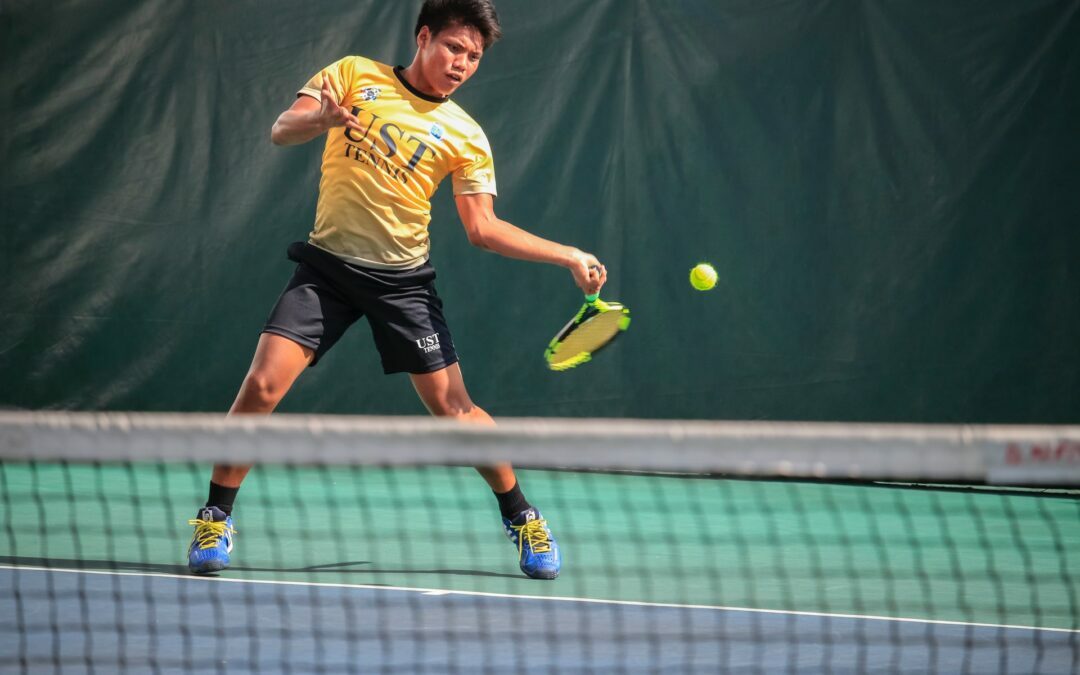The majority of injuries to the elbow are caused by overuse or repetitive strain to the joint itself and to the tendons that surround it. One example of this is “tennis elbow,” or lateral epicondylitis. Its symptoms include a painful burning sensation and tenderness on the outside of the elbow, weakness of the wrist and forearm, difficulty with elbow flexibility when extending the forearm, and pain experienced when lifting, gripping or carrying items. It is caused by an inflammation of the tendon that connects the surrounding muscle to the bones of the elbow.
Similar to other “overuse” conditions such as carpal tunnel syndrome, tennis elbow is experienced by up to half of racquet sports enthusiasts, but may be also brought about by repetitive use of the forearm in activities such as cooking, painting, and weaving. Once it has developed, the pain can last for weeks or months, and is aggravated by continued engagement in the repetitive activities that caused it.
Tennis elbow is often treated by medical doctors with anti-inflammatory drugs such as ibuprofen, or with local injections of more serious drugs such as corticosteroids, which have been shown to cause disruption of the tendons and increase the risk of recurrence. In severe cases, orthopedic surgery may be recommended. Fortunately, there are drug-free treatments for tennis elbow. Chiropractic care can be used to treat the immediate symptoms of tennis elbow. It is often possible to eliminate the pain and improve joint mobility which allows the damaged tendons to heal more quickly.
Techniques such as cross-friction massage and the myofascial release technique can be used to heal and strengthen the affected areas, and to increase blood circulation to the surrounding tissues. This can often be shown in the office and then completed at home. In addition, other techniques such as electro-stimulation or ultrasound can be useful in relaxing damaged muscle tissue and tendons, and in facilitating the healing process.
In some cases, Dr Sooley will prescribe personalized exercises to be performed at home to further help to both speed healing of damaged tendons and strengthen them to prevent future damage. In some cases a specialized forearm brace may be recommended to prevent recurrences of trauma or injury to the affected areas as the healing continues.
Even though tennis elbow is not always thought of as a chiropractic condition, conservative, non-invasive, non-drug chiropractic care is successful in a large number of patients, and can often alleviate both the immediate symptoms of the condition and lead to greater flexibility and keep it from recurring. If you or a loved one is experiencing this condition, please contact our office as soon as possible. Hope and help is just a phone call away!

